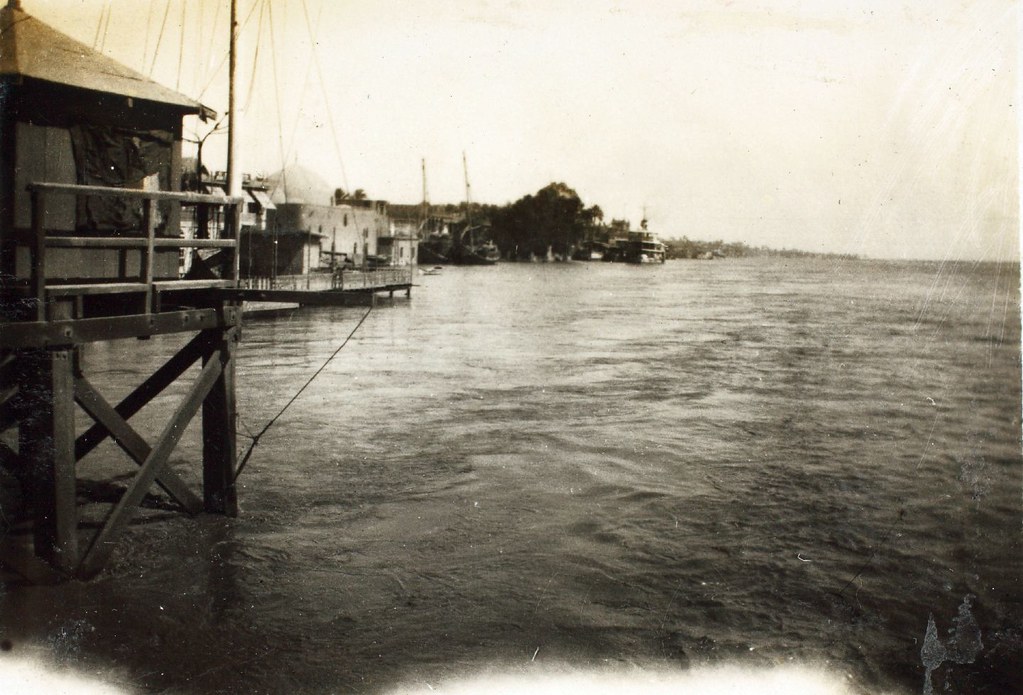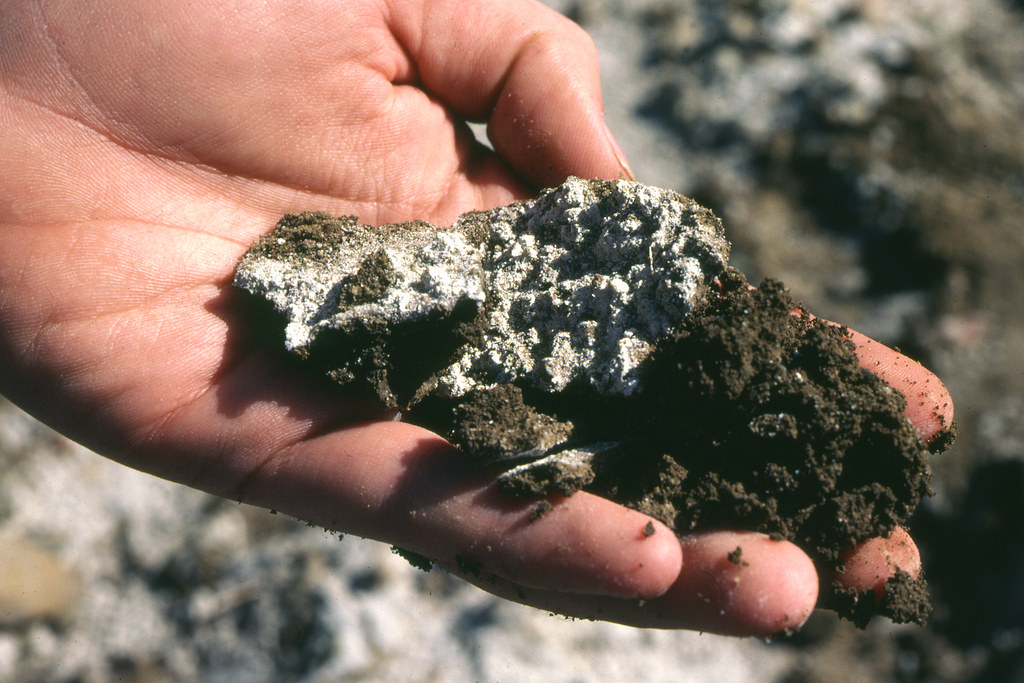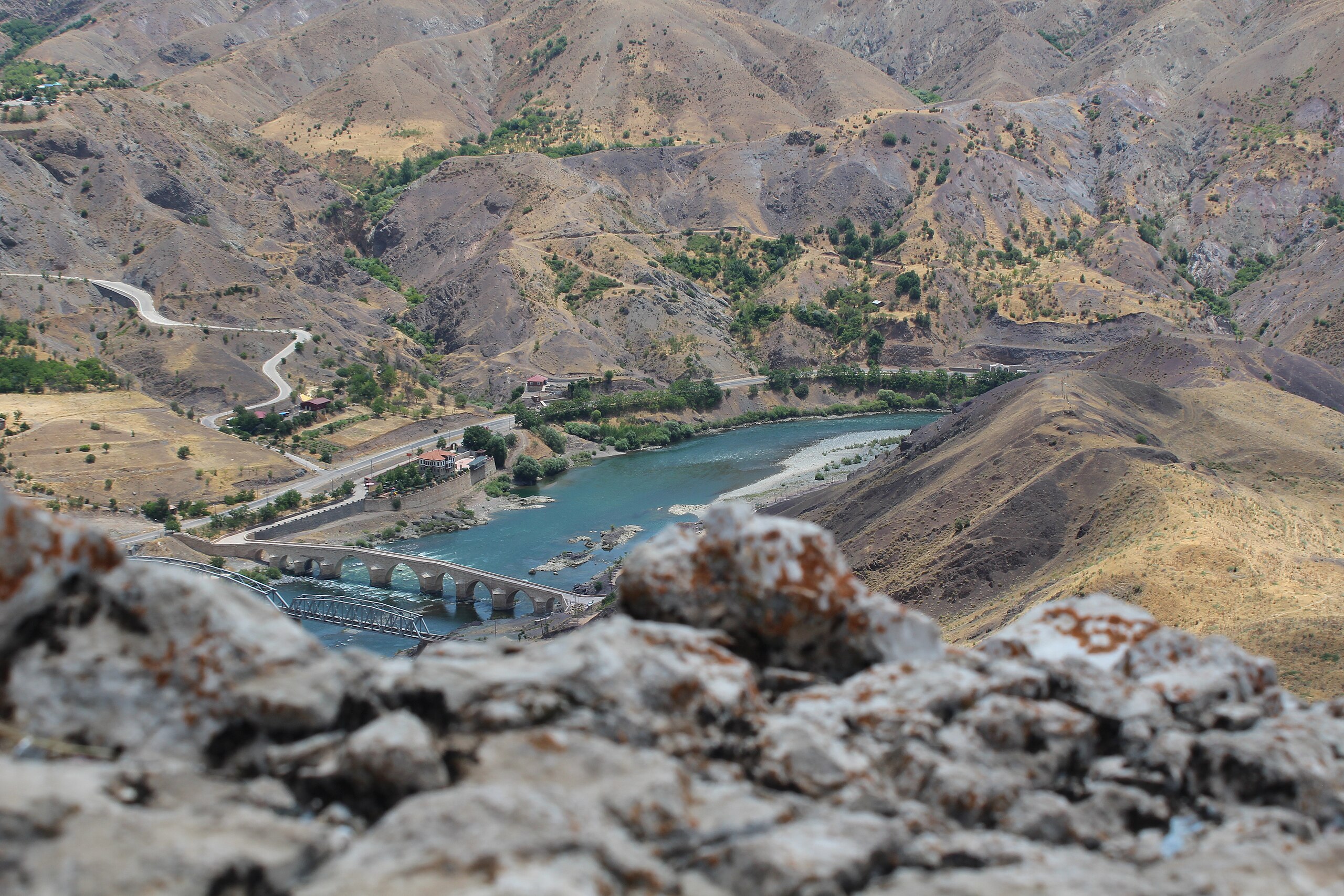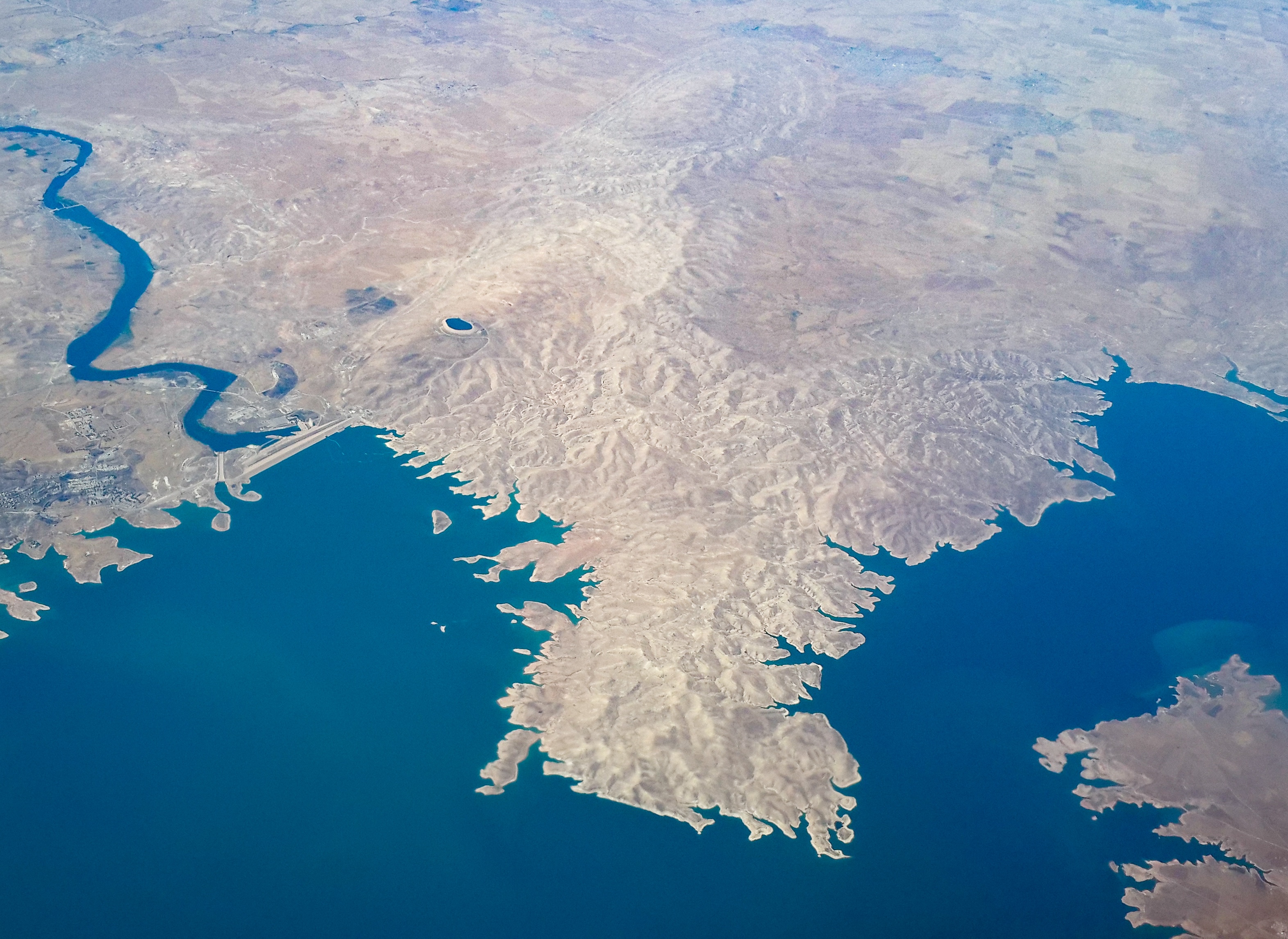The first English-language history of the Tigris-Euphrates River Basin in the twentieth century, Two Rivers Entangled tells a new story of Iraq, Syria, and Turkey by analyzing the changing interactions between societies and ecologies.
The story unfolds across four chapters, each dedicated to a natural process and its entanglement with political aims, social factors, and economic plans.
Water
The movement of water drives the narrative of the first chapter, which begins with a great flood that struck the lower basin in 1919 during the time of the Paris peace talks. The flood devastated areas that would soon become part of the new state of Iraq. The event is a non-entity in most histories of the time, which focus instead on the political machinations surrounding British and French imperial designs. Even so, the flood drove a debate among British irrigation engineers about whether the problems of flooding were the result of the rivers’ physical characteristics or the human nature of Iraq’s inhabitants. Those arguing that human intervention made the floods advocated for a “regeneration” of the rivers, which would have entailed massive social and physical intervention by the state.
Salt
Salinity has been a factor in agriculture in the river basin for millennia but rarely figures into studies focused on modernization and development, as if the triumph of fossil fueled technology had largely transcended base ecological factors. In this chapter, I explore the emerging connection in the 1940s and 1950s of two huge underground reserves in the lower basin, one of oil and one of salt. In Iraq, the exploitation of the country’s oil supply provided finance for major water projects. These oil-funded projects altered the interface between water and land, bringing as much salt to the surface as the wells drawing up oil. Degradation of agricultural lands then figured into other social and political processes, including internal migration, urbanization, and civil unrest.
Rock
Dam construction on the Euphrates River required harnessing the region’s geological features to fulfill both a new technical vision of the river and a new cultural conception of the environment. Rather than merely a story of technical triumph, then, in this chapter I weave together the history of rock, engineering knowledge, and cultural production to explore the intricate environmental, technical, and social factors involved in the construction of Turkey’s Keban Dam. The chapter begins by showing how poetry and storytelling about the river and its rocky canyon shifted in local Turkish publications as construction commenced on the dam. I then draw this mode of analysis into a discussion of engineering, analyzing technical documents as a literary genre.
Reservoir
By the late 1990s, the Euphrates River no longer flowed freely; the river had become a series of lakes. Its neighbor, the Tigris, was fast becoming the same as all three basin states constructed major dams. This chapter begins by following the career of civil engineer and Turkish prime minister Süleyman Demirel, who was known in Turkey as the “King of Dams.” Demirel’s writings reveal a fascination with the American West and its water engineering. Demirel dreamt civilization through rivers, advocating for an American-style remaking of the Tigris and Euphrates. A similar dynamic appeared in Syria, where the construction of the Tabqa Dam and its reservoir, Lake Assad, connoted the triumph of revolution and of Ba’thist civilization.



